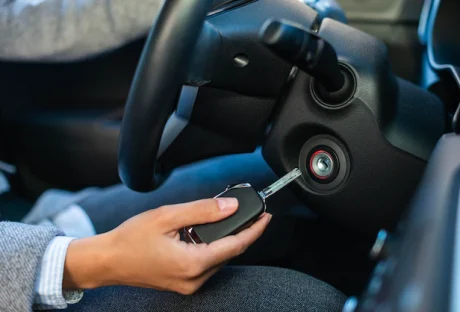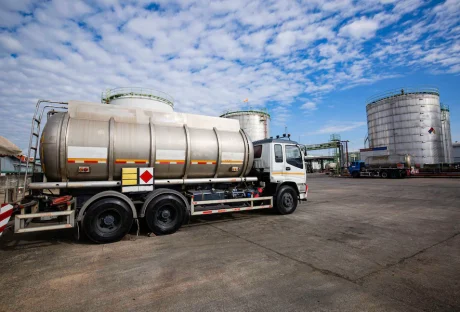Electric vehicles (EVs) are rapidly becoming more popular as the world shifts towards sustainable transportation.
This surge in EV ownership brings new considerations, especially regarding charging solutions. While public charging stations are growing, the convenience of charging your EV in your garage cannot be overstated.
This guide will walk you through integrating an EV fast charger in your home garage, ensuring that your vehicle is always ready to go when you are.
What is EV Fast Charging?
Fast charging for electric vehicles is a game-changer in the EV industry. Unlike standard chargers that can take several hours to charge an EV fully, fast chargers significantly reduce this time, enabling quick and efficient charging. This efficiency is particularly beneficial for those with busy lifestyles or for emergency charging situations.
Types of EV Chargers
There are three levels of EV chargers – Level 1, Level 2, and DC Fast Chargers. Level 1 chargers are your standard home outlets, while Level 2 chargers offer a faster charging speed. DC Fast Chargers, however, are the quickest, providing substantial charge in a fraction of the time. These are the chargers in which companies like Blink Charging UK specialize, offering a blend of speed and convenience.
Assessing Your Garage for EV Fast Charger Installation
Space Requirements
The first step in installing an EV charger is assessing the space in your garage. You’ll need a designated area accessible for your vehicle and compliant with local safety regulations. This space should also be near an electrical source and free from potential hazards.
Electrical System Evaluation
Before installation, it’s crucial to evaluate your home’s electrical system. It must be able to support a fast charger, which may require an upgrade or a professional assessment. Ensuring your system can handle the load is critical for safety and efficiency.
Choosing the Right EV Fast Charger

Features to Consider
When selecting a fast charger, consider its power output, vehicle compatibility, and additional features like Wi-Fi connectivity or intelligent charging options. These features can enhance your charging experience, making it more efficient and user-friendly.
Cost and Incentives
Cost is a significant factor when installing an EV charger. However, various incentives and rebates can make the process more affordable. Researching local incentives can significantly reduce installation costs.
The Installation Process
DIY vs. Professional Installation
While some may opt for a DIY installation, professional installation is generally recommended. It ensures that the charger is installed safely and compliantly, reducing the risk of electrical issues.
Step-by-Step Installation Guide
Although each installation will vary, the process generally involves mounting the charger, connecting it to the power source, and configuring intelligent features. It’s a process best handled by professionals to ensure safety and functionality.
Maximizing Your EV Fast Charger Experience
Maintenance and Care Tips
Regular maintenance of your EV charger is crucial. This includes routine checks and keeping the unit clean and free from obstructions. Regular maintenance ensures long-term efficiency and safety.
Integrating with Smart Home Systems
Many modern EV chargers can integrate with smart home systems, allowing remote monitoring and control. This integration can add convenience to your charging process, making it a seamless part of your daily routine.
Transform Your Garage into a Power Station: Easy and Efficient EV Charging Solutions
In conclusion, integrating an EV fast charger into your automotive garage is a forward-thinking move that aligns with the global shift toward sustainable transportation. It provides convenience and ensures that your vehicle is always ready for the road. While the process may seem daunting, following it can make it manageable and rewarding.
Remember, the key is to choose the suitable charger and install it correctly. And for those looking for top-notch solutions, a company like Blink Charging can offer the perfect blend of efficiency and reliability. Embrace the future of driving by setting up your home EV charging station today!
Read Also:






















